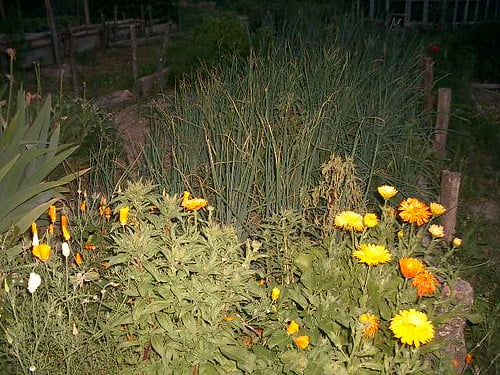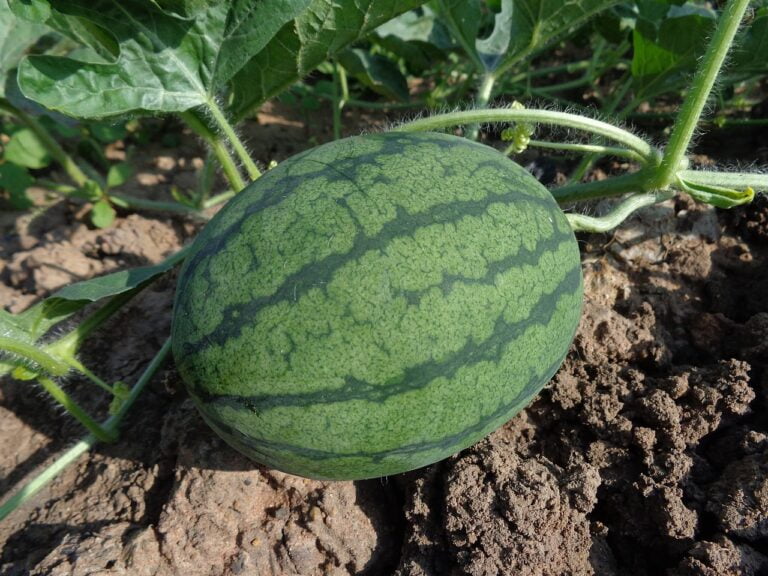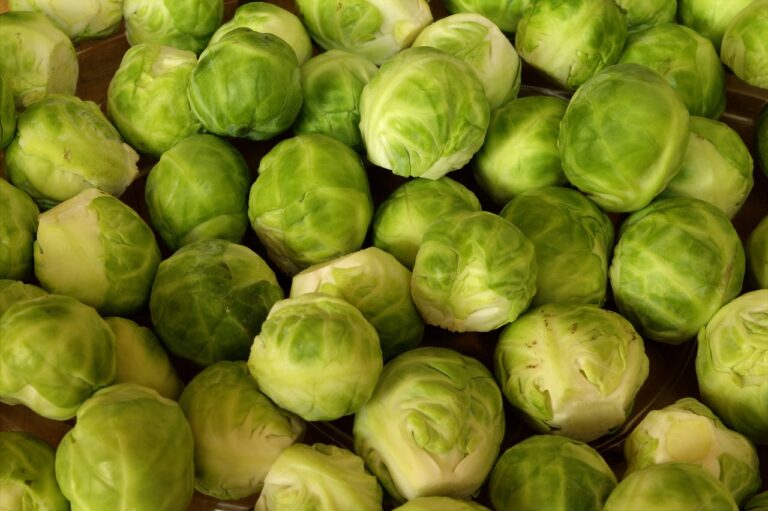Understanding Companion Planting: Principles and Practices
Are you looking to enhance your gardening skills and maximize the health and productivity of your plants? Look no further! In this article, we'll guide you through the principles and practices of understanding companion planting. Discover the benefits of planting compatible companions, improving soil health, and using natural pest control methods. Whether you have a small space or a large garden, we've got you covered with successful examples and tips to get you started on your companion planting journey.
The Benefits of Companion Planting
Discover the numerous advantages of companion planting for your garden. Intercropping, also known as companion planting, is a gardening technique that involves planting different crops together to benefit each other. The benefits of intercropping are vast and can greatly enhance the productivity and health of your garden. One of the key advantages is pest control. By planting certain crops together, you can repel pests or attract beneficial insects that prey on them, reducing the need for chemical pesticides. Additionally, companion planting can improve soil fertility. Some plants, like legumes, have the ability to fix nitrogen in the soil, enriching it for other crops. Furthermore, intercropping can help maximize space utilization, as certain plants can provide shade or support for others. By employing companion planting techniques, you can create a harmonious and thriving garden that serves your needs while minimizing the reliance on external inputs.
Understanding Plant Relationships
To better understand companion planting, it is important to explore the dynamics of plant relationships, which often occur in a mutually beneficial manner. Interdependence in plant communities is a key concept in companion planting. Plants can work together by sharing resources and providing support to one another. For example, some plants release chemicals that repel pests, protecting neighboring plants from infestation. Others may attract beneficial insects that help with pollination and pest control. By enhancing biodiversity with companion planting, you can create a more resilient and healthy garden ecosystem. Different plants have different needs, and by carefully selecting companion plants, you can optimize the use of space, sunlight, and nutrients. Understanding plant relationships allows you to harness nature's wisdom and create a harmonious and productive garden.
Selecting Compatible Plant Combinations
To select compatible plant combinations, consider the specific needs and characteristics of each plant in order to create a harmonious and productive garden ecosystem. Here are three key points to keep in mind:
- Plant compatibility checklist: Before choosing which plants to pair together, it's important to understand their compatibility. Some plants thrive when grown together, while others can hinder each other's growth. Research which plants have similar soil, sunlight, and water requirements, as well as those that can benefit from each other's natural defenses against pests and diseases.
- Companion planting myths debunked: There are many misconceptions surrounding companion planting. Contrary to popular belief, not all plants make good companions. For example, some plants release chemicals that inhibit the growth of neighboring plants. It's essential to separate fact from fiction and rely on evidence-based information when selecting plant combinations.
- Practical experience: Take into account the experiences of seasoned gardeners. They have valuable insights on which plant combinations have worked well for them in the past. Learning from their successes and failures can save you time, effort, and frustration.
Improving Soil Health Through Companion Planting
Improving soil health through companion planting involves implementing strategies that enhance the nutrient content and structure of the soil. By carefully selecting companion plants, you can cultivate a healthy and productive garden. One way to improve soil structure is by using nitrogen-fixing plants. These plants have the ability to convert atmospheric nitrogen into a form that can be easily absorbed by other plants. Examples of nitrogen-fixing plants include legumes like beans, peas, and clover. Planting these alongside other crops not only enriches the soil with nitrogen, but also improves its overall structure. The roots of these plants help to break up compacted soil, allowing for better water and nutrient absorption. This promotes healthier plant growth and reduces the risk of soil erosion. Incorporating companion planting techniques can greatly enhance the health and productivity of your garden, resulting in bountiful harvests and a more sustainable growing environment.
Natural Pest Control Methods
Implement natural pest control methods to protect your garden from harmful insects and pests. Here are three effective techniques you can use:
- Organic Insecticides: Instead of using harsh chemical pesticides, opt for organic insecticides made from natural ingredients such as neem oil, garlic spray, or soap spray. These organic options are safer for your plants, the environment, and beneficial insects.
- Biological Control Methods: Encourage natural predators and beneficial insects to control pests in your garden. For example, ladybugs and lacewings feed on aphids, while birds and frogs eat slugs and snails. You can attract these helpful creatures by providing them with suitable habitats, such as birdhouses, water sources, and native plants.
- Crop Rotation: Rotate your crops each year to disrupt the life cycles of pests. This practice reduces the buildup of pest populations, as different crops attract different pests. By rotating crops, you can prevent pests from becoming established and reduce the need for chemical interventions.
Maximizing Yield Through Companion Planting
By incorporating companion planting techniques, you can further enhance your garden's productivity and yield. Maximizing yield potential is a goal for many gardeners, and companion planting offers a valuable strategy to achieve this. Intercropping is one effective method that involves planting different crop varieties together in close proximity. This helps to optimize space and maximize the use of available resources. For example, planting tall crops like corn next to low-growing plants like beans can provide shade and support for the beans, while the beans fix nitrogen in the soil that benefits the corn. Additionally, intercropping can help deter pests by confusing them with different scents and textures. By carefully selecting compatible plant combinations and implementing intercropping strategies, you can increase your garden's yield potential and enjoy a more abundant harvest.
Companion Planting Techniques for Small Spaces
To make the most of limited space, consider using companion planting techniques that are specifically designed for small gardens. Here are three techniques that can help you maximize your small space:
- Container Gardening: Grow your plants in containers such as pots, hanging baskets, or window boxes. This allows you to make the most of vertical space and utilize every inch of your garden.
- Vertical Gardening: Make use of trellises, stakes, or fences to grow climbing plants vertically. This technique not only saves space but also provides support for plants like tomatoes, cucumbers, and beans.
- Interplanting: Plant compatible crops close together to maximize space utilization. For example, you can plant lettuce and radishes together, as the radishes mature quickly and can be harvested before the lettuce needs the space.
Successful Companion Planting Examples
How can you effectively implement companion planting techniques in your garden to ensure successful plant growth and maximize your harvest? Let's explore some companion planting strategies that have proven to be successful in many gardens. One popular example is planting marigolds alongside tomatoes. Marigolds repel pests that commonly attack tomatoes, such as aphids and nematodes, while also attracting beneficial insects like ladybugs. Another success story involves growing basil near tomatoes. Basil acts as a natural pest repellent and enhances the flavor of tomatoes. Additionally, planting beans near corn can be beneficial. Beans fix nitrogen in the soil, which helps corn thrive. These are just a few examples of companion planting success stories. By implementing these strategies in your garden, you can promote healthy plant growth and enjoy a bountiful harvest.
Common Mistakes to Avoid in Companion Planting
Avoid these common mistakes when implementing companion planting techniques in your garden to ensure successful plant growth and maximize your harvest. Here are three tips for successful companion planting:
- Avoid planting incompatible plants together: It is important to research and understand which plants are beneficial to each other and which ones can harm each other. For example, planting tomatoes and potatoes together can lead to the spread of diseases like blight.
- Overcrowding your plants: While it may be tempting to pack your garden with as many plants as possible, overcrowding can lead to competition for resources like sunlight, water, and nutrients. Give your plants enough space to thrive and grow.
- Neglecting proper maintenance: Companion planting requires regular maintenance, such as pruning, weeding, and watering. Neglecting these tasks can lead to the spread of pests and diseases, reducing the overall health of your plants.
Tips for Getting Started With Companion Planting
When implementing companion planting techniques in your garden, it is important to keep a few key tips in mind to ensure successful plant growth and maximize your harvest. First and foremost, understand the benefits of companion planting. By pairing compatible plants together, you can enhance nutrient uptake, deter pests, and increase pollination. Researching which plants work well together is essential to avoid companion planting mistakes. Consider factors such as sunlight requirements, soil conditions, and growth habits. Another tip is to start small. Begin with a few companion plant combinations and gradually expand as you gain experience. Additionally, keep a record of your plantings and their outcomes to learn from your successes and failures. Finally, don't be afraid to experiment and have fun with companion planting. It's a rewarding and sustainable approach to gardening that can bring great satisfaction and bountiful harvests.
Frequently Asked Questions
Can Companion Planting Help With Controlling Weeds in My Garden?
Companion planting can be effective in controlling weeds in your garden. By strategically planting certain plants together, they can help deter weed growth and provide natural weed control.
Are There Certain Plants That Should Not Be Grown Together as Companions?
Certain plants should not be grown together as companions. It's important to know the do's and don'ts of companion planting. Avoid planting incompatible plants side by side to ensure a healthy and thriving garden.
How Long Does It Take to See the Benefits of Companion Planting in My Garden?
You'll start seeing the benefits of companion planting in your garden fairly quickly. To maximize these benefits in a short period of time, focus on planting complementary plants in small spaces.
Can Companion Planting Help With Attracting Beneficial Insects to My Garden?
Yes, companion planting can help attract beneficial insects to your garden, improving garden biodiversity and attracting pollinators. Planting specific combinations of flowers and herbs can create a welcoming environment for these helpful creatures.
What Are Some Common Misconceptions About Companion Planting?
Common misconceptions about companion planting include the belief that it guarantees pest control and that any combination of plants will work. While it has benefits, it also has drawbacks, so research and planning are essential.
Conclusion
In conclusion, companion planting is a practical and effective way to improve the health and productivity of your garden. By understanding plant relationships and selecting compatible combinations, you can create a harmonious growing environment that benefits all plants involved. Additionally, companion planting helps improve soil health and provides natural pest control, making it an ideal technique for small spaces. By avoiding common mistakes and following these tips, you can successfully implement companion planting in your own garden.






